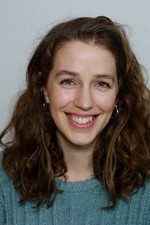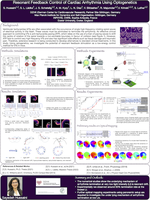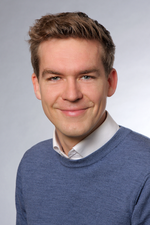Our group focuses on understanding the principles of complex dynamics of biological systems at the cell, tissue and organ level and their application in medicine.
Life-threatening cardiac rhythm disorders such as ventricular fibrillation are associated with complex, self-organizing spatio-temporal electromechanical excitation of the heart. We are developing novel cardiac imaging techniques, numerical simulations and machine learning methods to understand and efficiently control the dynamics of electromechanical waves in the heart muscle (Nature 2018, 2011).
Our translational research group is affiliated with the Max Planck Institute for Dynamics and Self-Organization, the University Medical Center Göttingen and the German Center for Cardiovascular Research (DZHK).




